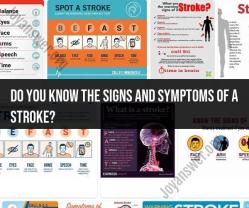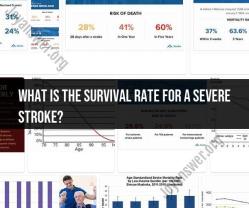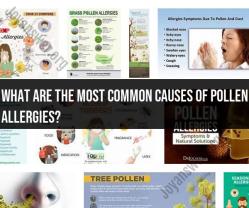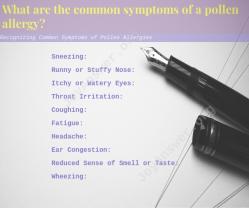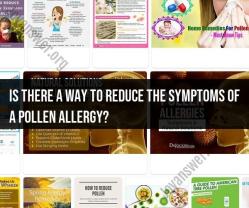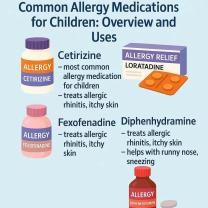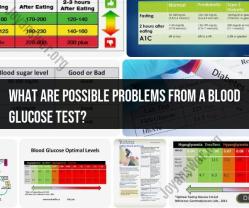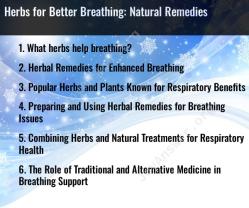August 27, 2023
•
3 min read
Explore the main differences between hemorrhagic and ischemic strokes. Understand the distinct characteristics, causes, and treatment approaches for these two types of strokes.
August 27, 2023
•
5 min read
Learn about the warning signs associated with hemorrhagic stroke. Understand the symptoms that may indicate a hemorrhagic stroke and the importance of seeking medical attention promptly.
August 27, 2023
•
3 min read
Explore the risks associated with an ischemic stroke. Learn about the factors that increase the likelihood of experiencing an ischemic stroke and the preventive measures to consider.
August 27, 2023
•
5 min read
Understand the normal size range of the endometrial stripe. Learn about the significance of this measurement in gynecological health and how it is assessed through medical imaging.
August 27, 2023
•
4 min read
Gain knowledge about the signs and symptoms of a stroke, the importance of prompt medical attention, and steps to take if you suspect someone is having a stroke.
August 26, 2023
•
3 min read
Survival rates for severe strokes vary based on multiple factors, including the type of stroke, the extent of brain damage, the speed of medical response, and the effectiveness of treatment. Seeking immediate medical attention is crucial.
August 26, 2023
•
3 min read
Ischemic strokes result from blocked blood vessels, while hemorrhagic strokes involve bleeding in the brain. Hemorrhagic strokes tend to be more immediately life-threatening due to the potential for increased pressure on brain tissue.
August 26, 2023
•
3 min read
The chances of surviving a brain bleed depend on factors such as the type of bleed, its severity, the promptness of medical intervention, and the overall health of the individual. Consult a healthcare professional for accurate information based on specific cases.
August 26, 2023
•
4 min read
Pollen allergies are primarily triggered by the release of pollen from trees, grasses, and weeds. When inhaled, pollen particles can cause allergic reactions, leading to symptoms such as sneezing, congestion, and itchy eyes. Understanding the allergen sources helps manage symptoms effectively.
August 26, 2023
•
5 min read
Common symptoms of pollen allergies include sneezing, runny or stuffy nose, watery or itchy eyes, and coughing. These symptoms may vary in intensity depending on the individual and the pollen type causing the allergy.
August 26, 2023
•
3 min read
To reduce the symptoms of a pollen allergy, consider staying indoors during peak pollen times, using air purifiers, keeping windows closed, and taking prescribed or over-the-counter allergy medications. Consult a healthcare professional for personalized advice.
August 26, 2023
•
3 min read
Uncover the significance of having a pulse oximeter at home. Understand when and why individuals might consider using a pulse oximeter for monitoring their health status.
 Sarah Johnson
Sarah Johnson






